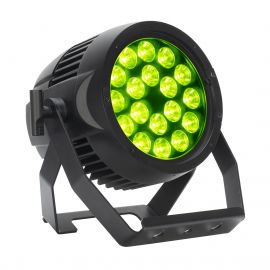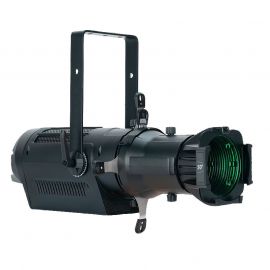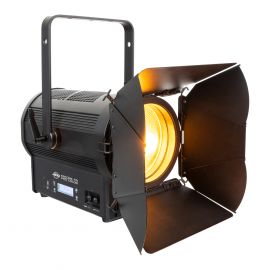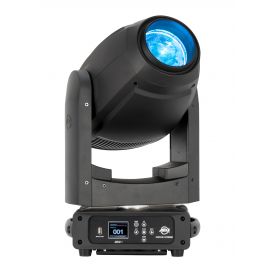ADJ Prepares To Showcase Latest Hydro, Focus and Encore Series Fixtures At ISE 2023
Following a two year pandemic-induced hiatus, the ADJ Team is preparing to return to the ISE exhibition with a variety of new entertainment lighting solutions. Previously hosted in Amsterdam, Integrated Systems Europe now takes place in Barcelona, Spain and attracts thousands of professionals from the European AV and Systems Integration industries. ADJ's booth will feature a variety of the company's latest moving heads from the Focus Series and IP65-rated Hydro Series, as well as a variety of static fixtures from the Encore Series of theatrical lighting products.
ADJ’s Hydro Series of IP65-rated ‘weatherproof’ fixtures have been tried and tested on festival stages and at outdoor events on both sides of the Atlantic. They offer rugged build quality, paired with excellent output and features, at a price that delivers unrivalled return on investment. At ISE 2023, three of the latest additions to the range will be showcased: the Hydro Beam X12, a high output dedicated beam fixture utilizing a 260W Philips® Platinum 12R LL MSD discharge lamp; the Hydro Profile, a feature-packed profile luminaire with 4-blade rotatable framing shutter system and a potent 660W LED light engine capable of generating an output of 25,000+ lumens; and the Hydro Spot 2, a spot fixture that pairs a 320W LED engine with an expansive set of beam-shaping tools, including CMY + CTO color mixing.
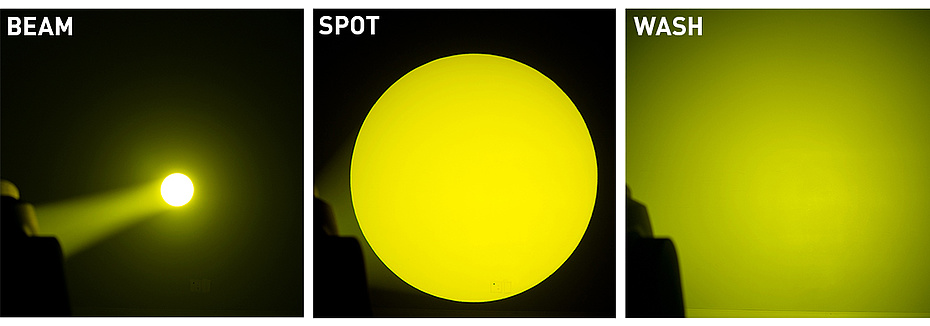

An 11 position (plus open white) color wheel features a selection on dichroic filters, incorporating a good variety of vibrant color options. The collection of dichroic filters also includes a 3200K CTO color correction filter, which can be used to achieve a warm white output that is ideal for when the fixture is utilized as a stage wash. Multicolored effects can be created through the color wheel scrolling function, which can be activated in either direction and at variable speed.
In addition, the fixture offers two independent GOBO wheels, providing a wide variety of options both for aerial beam effects and textured surface projections. The first wheel features eight slots for indexed, rotating GOBOs. This wheel is supplied pre-loaded with a varied selection of patterns, which have been carefully curated to be useful for a broad range of applications. However, all these GOBOs are fully replaceable and can be easily switched for a Lighting Designer’s preferred options or event specific custom logo patterns. Meanwhile, the second wheel features 15 fixed static GOBOs, which are designed to provide LDs with a useful variety of simple break-apart pattern and mid-air beam effect options, including four beam reducers.
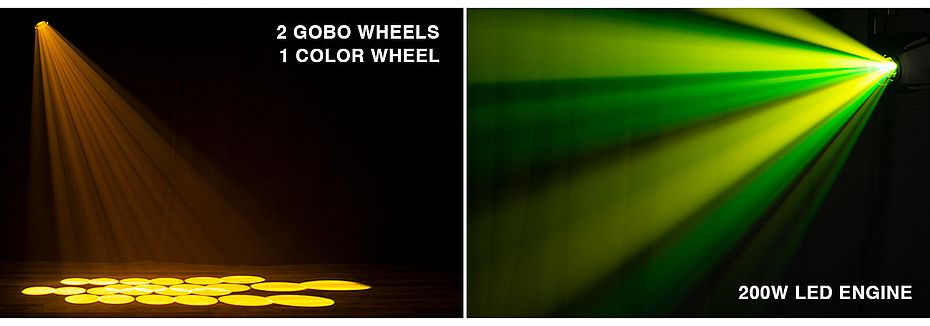

Digital dimming, with 16-bit fine control, allows for precise adjustments of the output as well as smooth fades in and out. The unit offers a choice of six different dimming modes (Standard, Stage, TV, Architectural, Theater and Stage 2), four different dimming curves (Square, Linear, Inv. Squa and S. Curve) and variable dimming speed (from 0.1 to 10.0s), allowing for customization of the fixture for various applications or a lighting designer’s personal preference. The LED light source also supports standard, pulse, and random strobe effects, at variable speeds of between 1 and 20 Hz.
The fixture’s collection of beam-shaping tools is completed by a choice of two rotating prism options: 8-facet circular and 6-facet linear. Both offer indexed, bidirectional rotation at variable speed and can be used to split up the output to create wider and more complex aerial effects and surface projections.
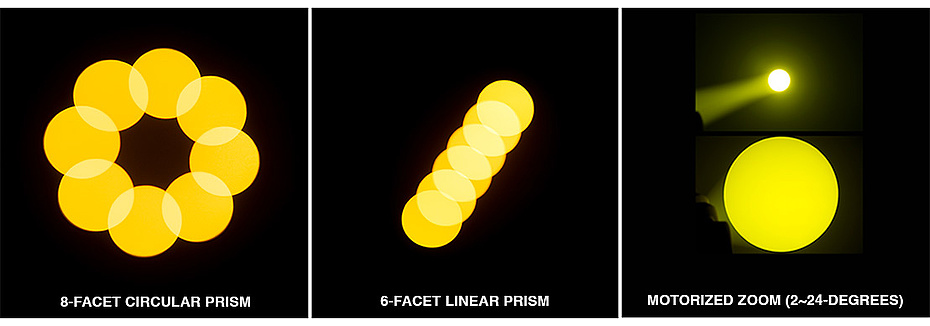

A large, full color, 180° reversible LCD screen on the front panel of the unit provides quick and easy DMX addressing and selection between the fixture’s various customizable parameters. This is navigated using six push buttons to control an intuitive menu interface and offers variable brightness as well as an optional ‘screen saver’ function that will turn off the display after a user selected delay of up to 10 minutes. Located adjacent to the screen is a USB socket, which can be used to conveniently update the unit’s firmware should new versions be released in the future.
Power and signal connections are located on the other side of the fixture’s base. As well as a locking power input socket there is a corresponding output connection, which can be used to allow multiple units to be powered from a single outlet. 5-pin input and output sockets are provided for DMX, alongside a wireless antenna. The fixture is compatible with ADJ’s WiFLY EXR wireless DMX protocol, allowing it to receive a DMX signal wirelessly from a compatible WiFLY transmitter or another WiFLY-equipped fixture over a distance of up to 700m (line of sight). The fixture also supports the RDM (Remote Device Management) protocol, which allows for remote DMX addressing and the feeding back of fixture operating status information to a compatible DMX control solution.
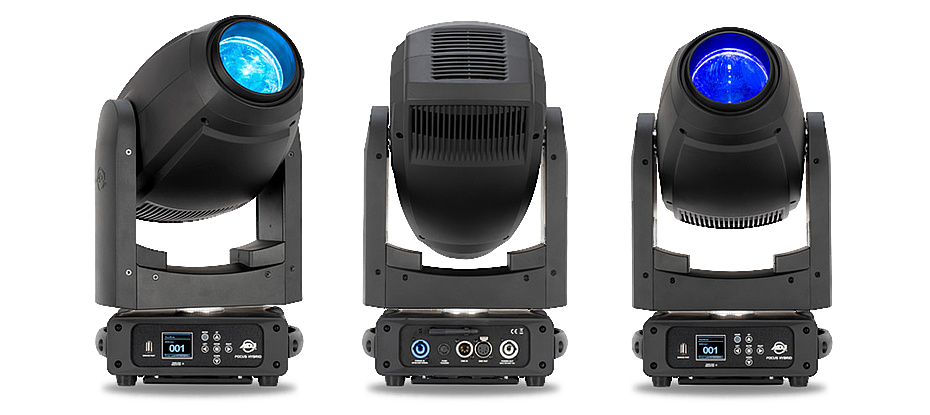

A large, full color, 180° reversible LCD screen on the front panel of the unit provides quick and easy DMX addressing and selection between the fixture’s various customizable parameters. This is navigated using six push buttons to control an intuitive menu interface and offers variable brightness as well as an optional ‘screen saver’ function that will turn off the display after a user selected delay of up to 10 minutes. Located adjacent to the screen is a USB socket, which can be used to conveniently update the unit’s firmware should new versions be released in the future.
Power and signal connections are located on the other side of the fixture’s base. As well as a locking power input socket there is a corresponding output connection, which can be used to allow multiple units to be powered from a single outlet. 5-pin input and output sockets are provided for DMX, alongside a wireless antenna. The fixture is compatible with ADJ’s WiFLY EXR wireless DMX protocol, allowing it to receive a DMX signal wirelessly from a compatible WiFLY transmitter or another WiFLY-equipped fixture over a distance of up to 700m (line of sight). The fixture also supports the RDM (Remote Device Management) protocol, which allows for remote DMX addressing and the feeding back of fixture operating status information to a compatible DMX control solution.
